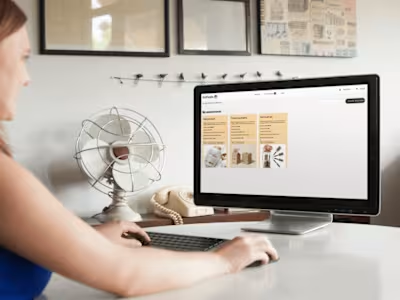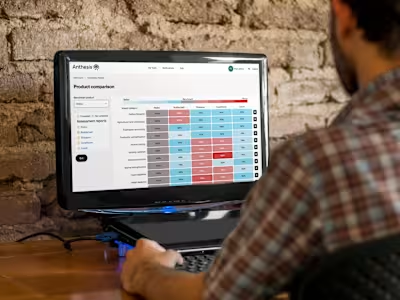Medical Imaging Annotation Platform Design
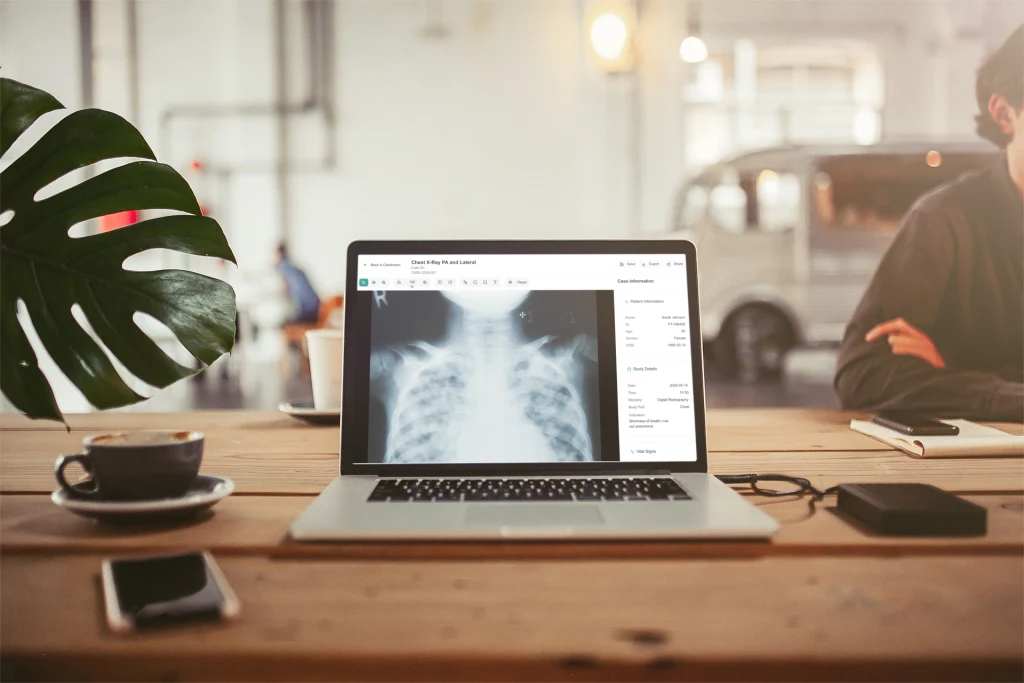
Medical Annotation & Review
In July 2025, I joined a confidential healthcare AI provider to design a web-based platform for medical imaging annotation and review. My role was UX/UI Designer, working closely with product leads, radiologists, and developers. The mission was to replace fragmented offline workflows with a single, intuitive platform that supported safety, compliance, and role clarity.
The stakes were high. CT scans and other medical images are central to clinical decisions. Yet the client’s existing workflows relied on DICOM viewers, spreadsheets, and email chains. This patchwork slowed reviews, introduced risks, and lacked traceability. Our challenge was to design a unified solution that would feel clinically trustworthy, while respecting FDA guidance on usability and human factors.
Understanding the Problem
Context
The platform needed to support three key roles:
Clinical Experts annotating anatomical landmarks on scans.
Physicians reviewing and approving annotations.
Admins oversee case assignments and workflow progress.
The goal was to simplify annotation and review, integrate with the client’s FDA-cleared DICOM and 3D viewer SDKs, and ensure traceability across every decision.
Challenge
Clinical workflows are precise, high-stakes, and time-sensitive. Existing tools were disjointed, making it hard for teams to collaborate. We needed to design a system that simplified tasks without reducing clinical rigour.
Action
To ground the design in real-world use, I conducted:
Stakeholder interviews with radiologists and clinical experts.
Workflow audits mapping the full journey from scan upload to reporting.
Competitive analysis of existing clinical review tools.
A deep review of FDA guidance on minimising use-related risk.
From this, I uncovered a critical insight: clarity, safety, and role separation were non-negotiable design principles.

Defining the Experience
We created detailed user flows, responsibility matrices, and a case lifecycle model to define how cases would move from upload to report. Every action had to be role-specific, reversible where possible, and fully traceable.
Problem statement
Clinical imaging workflows are complex and often fragmented. Experts spend too much time on manual annotation, Physicians lack guided review tools, and Admins cannot track case progress effectively. We needed to unify these workflows into a structured, role-driven platform.
Defining the Experience
Key User Needs
Clinical Experts: precise annotation tools, clear status indicators, ability to submit or reassign cases.
Physicians: a guided review wizard with clarity over approved, rejected, or modified points.
Admins: high-level dashboards, filters for stalled cases, and reassignment tools.
System Layer: anonymised job creation, notifications, and automated reporting.
Product Goals
Clinical Experts: precise annotation tools, clear status indicators, ability to submit or reassign cases.
Physicians: a guided review wizard with clarity over approved, rejected, or modified points.
Admins: high-level dashboards, filters for stalled cases, and reassignment tools.
System Layer: anonymised job creation, notifications, and automated reporting.
Product Goals
Support multi-role interaction with clear handoffs.
Provide a DICOM-based viewer with custom overlay tools.
Enforce status-driven case progression aligned with regulatory expectations.
Reduce task time for annotation and review by at least 40%.
Ideation and Wireframing
With goals aligned, we explored solutions. The core workflows included
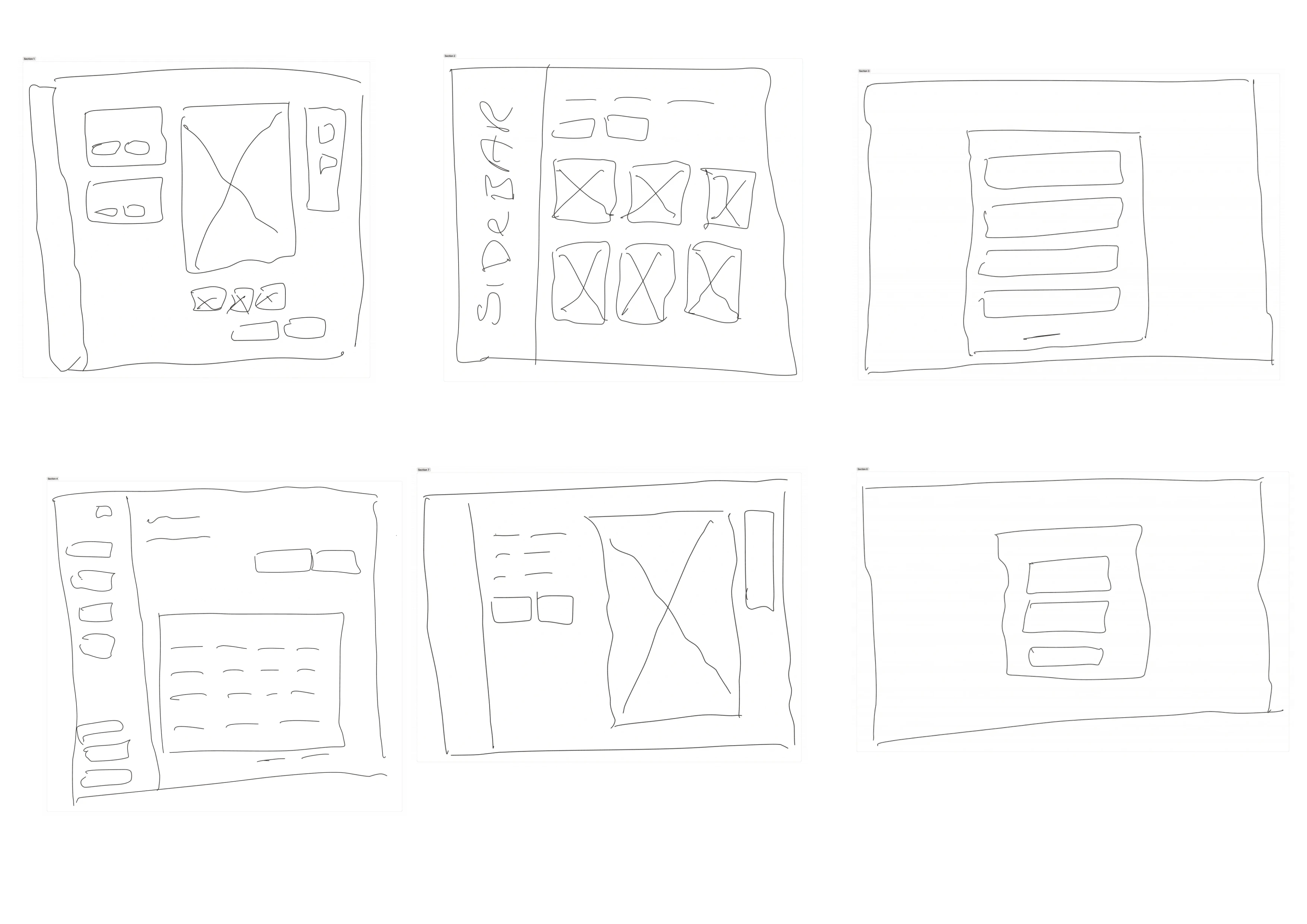
Role-based dashboards: Clinical Experts see assigned cases, Physicians see ready-for-review cases, Admins see all cases with filters.
Upload wizard: Step-by-step intake flow for CT scans with anonymisation and validation.
Annotation viewer: Built on the client’s DICOM SDK, with point-level tools, slice navigation, and status indicators.
Review wizard: A guided interface for Physicians to approve, edit, or reject annotations.
3D reporting module: Preview anatomical models, export reports to PDF or PNG, and manage downloads.
Wireframes emphasised progressive disclosure and inline status controls to reduce errors. Early testing identified friction in annotation status icons, which we later refined.
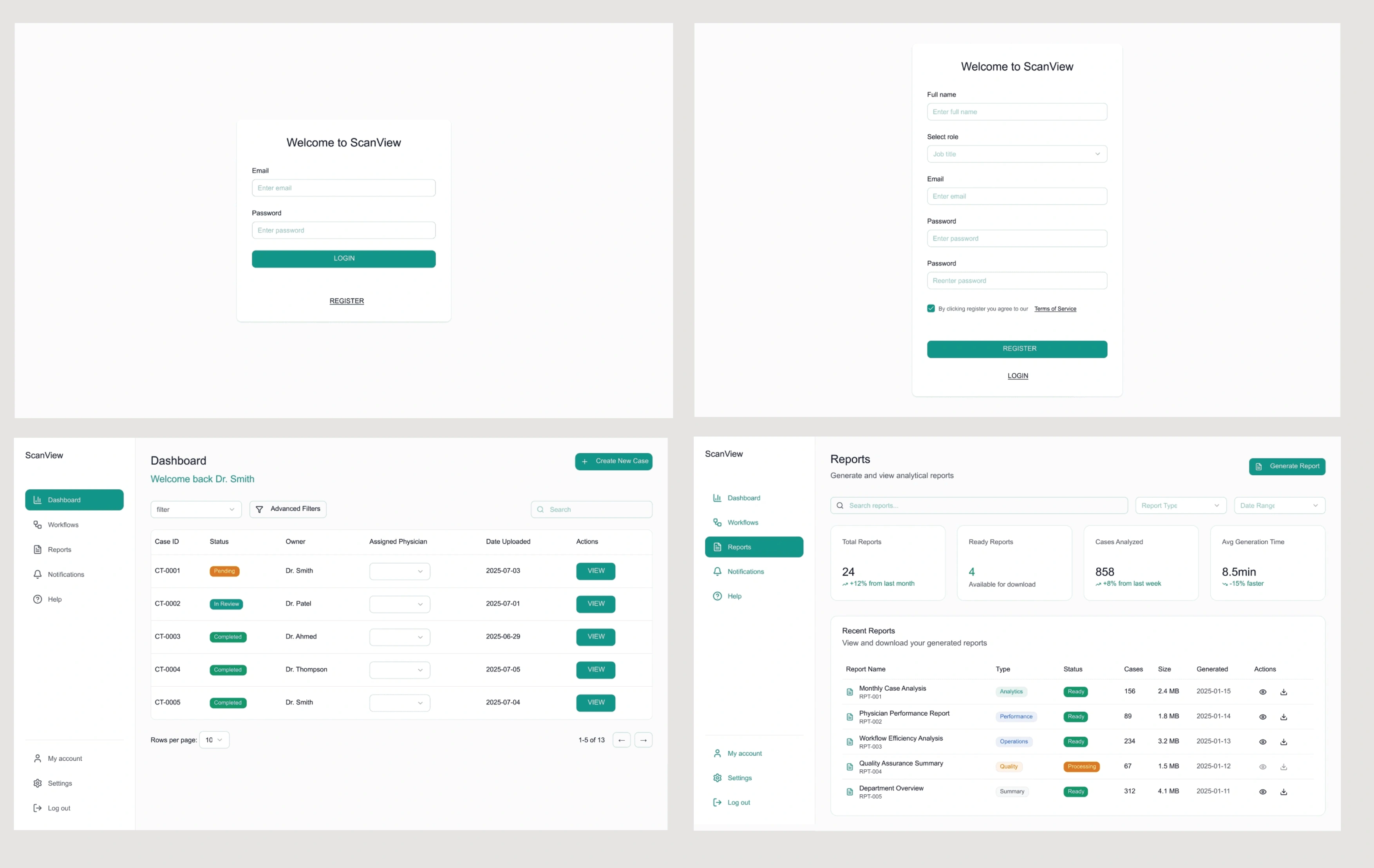
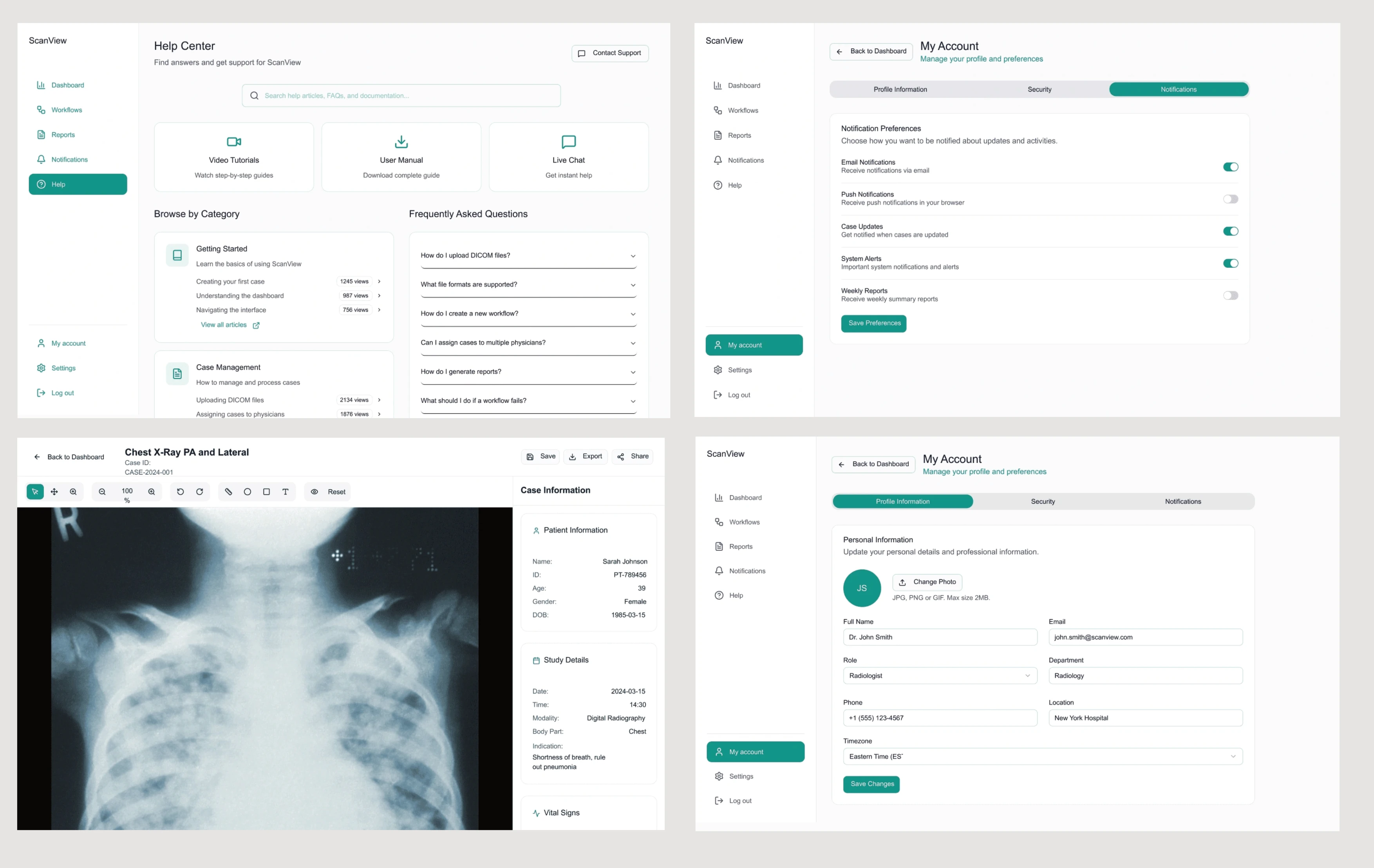
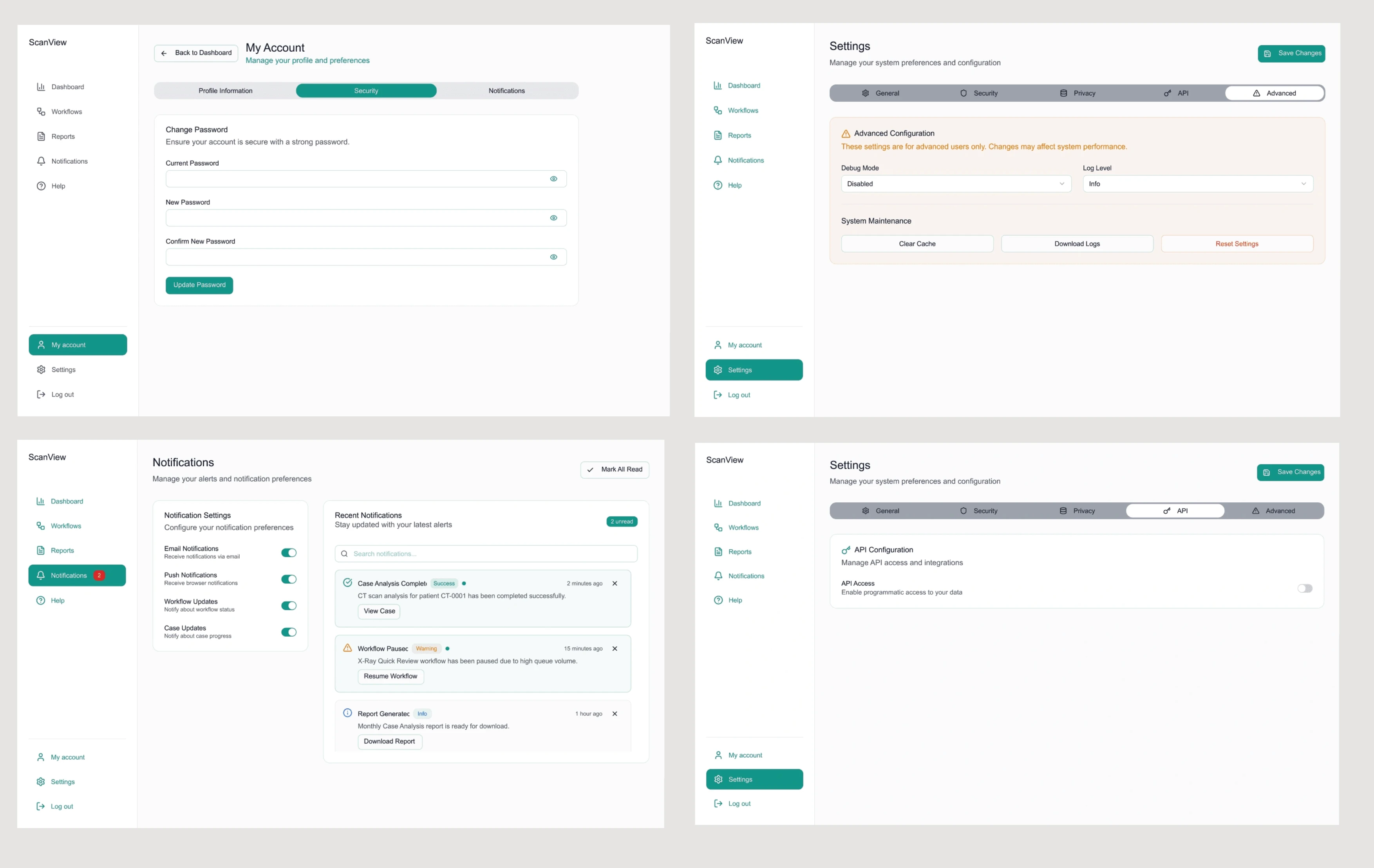
Testing and Iteration
We ran remote usability sessions with six clinical participants (four Clinical Experts, two Physicians). Tasks included uploading a case, annotating points, and performing a review.
Findings
Initial task completion rate: 68%.
Confusion over annotation status icons and unclear edit states.
Physicians wanted more visibility before final approval.
designed status icons for clarity.
Improvements
Added inline tooltips and undo actions.
Enhanced annotation panel visibility.
Introduced a final summary screen before case approval.
The results were encouraging
Users reported higher confidence and reduced errors.
Stakeholders praised the clarity and clinical safety of the flows.
The Final Design
The final solution was a scalable, React-based platform that delivered
Structured handoffs between roles.
Role-specific dashboards and UI states.
An annotation viewer with custom overlays and safe controls.
A step-based review wizard with a summary confirmation.
A reporting module for visualisations and exports.
Accessibility and regulatory alignment were built in. The modular component-based architecture ensured the platform could expand later with features such as region annotation or AI-assisted suggestions.

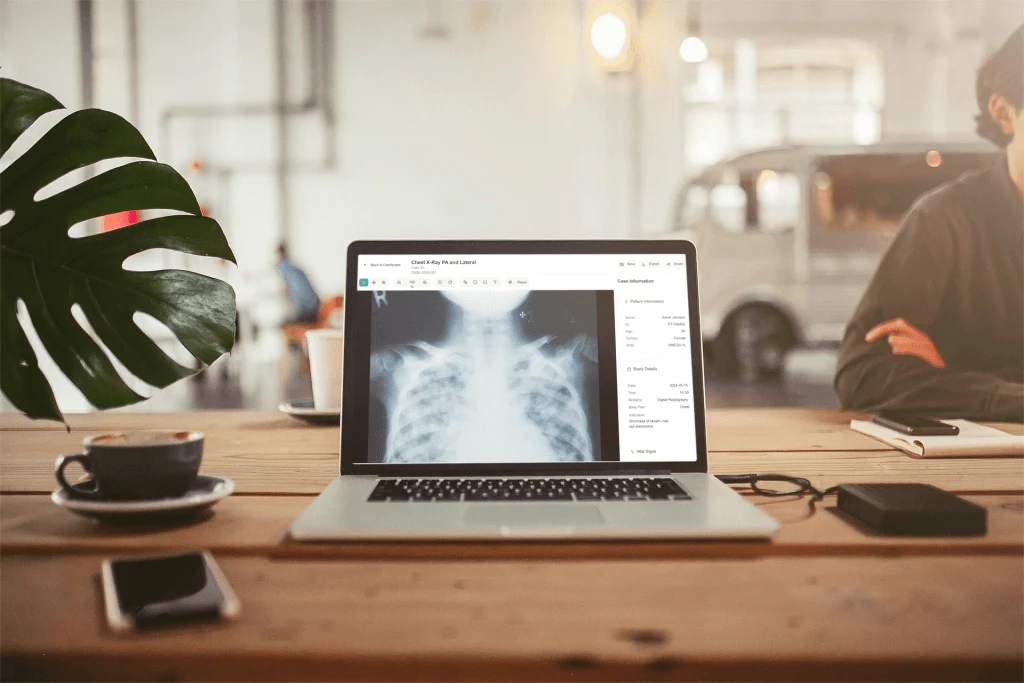
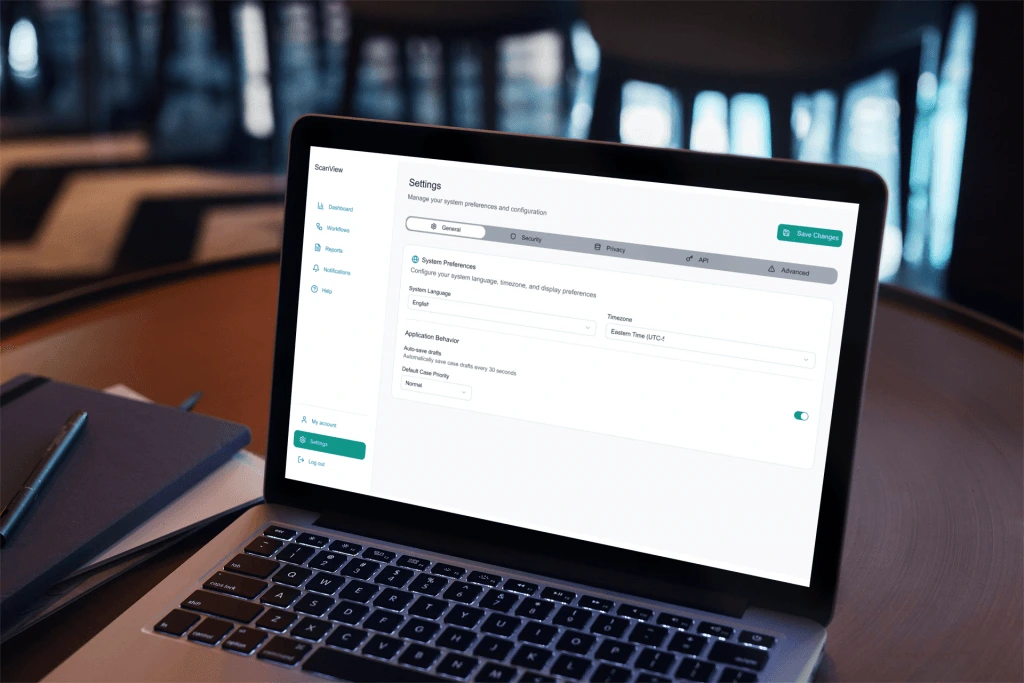
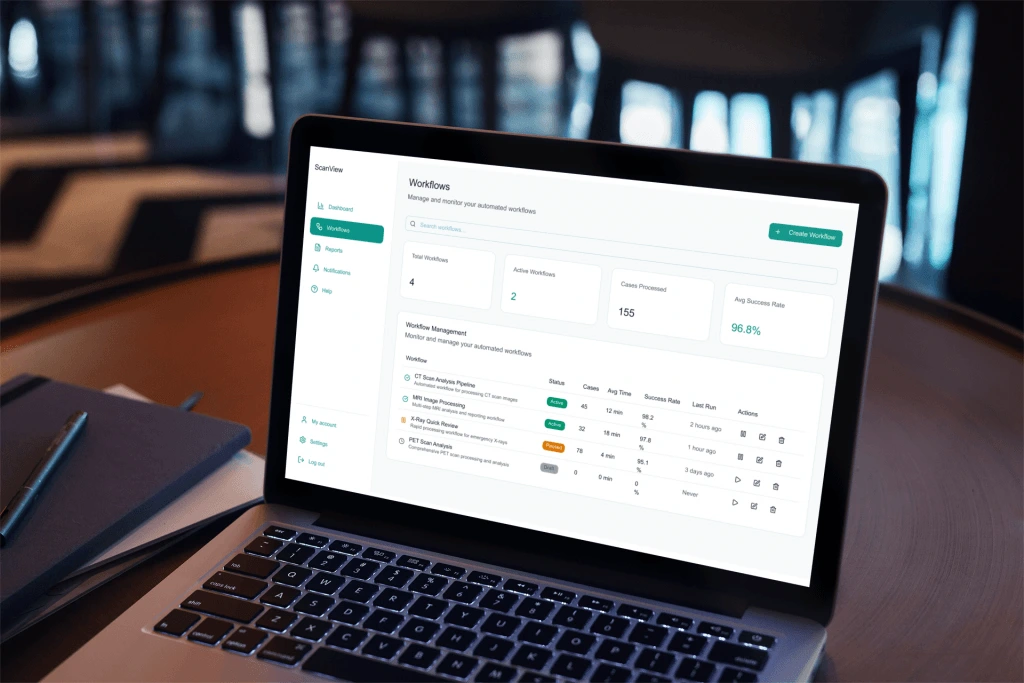
This project demonstrated how UX can shape safety-critical healthcare tools. By grounding the design in user research and FDA guidance, we delivered a platform that improved confidence, alignment, and workflow efficiency.
Design for precision, not just speed.
Let the system carry complexity, not the user.
Use visual clarity to reduce error risk in clinical decision-making.
Add advanced features such as AI-suggested landmarks.
Expand reporting formats and dashboard customisations.
Continue validation cycles as the platform evolves.
Like this project
Posted Oct 5, 2025
Designed a web platform for medical image annotation and review, improving accuracy and reducing turnaround time.
Likes
0
Views
5





